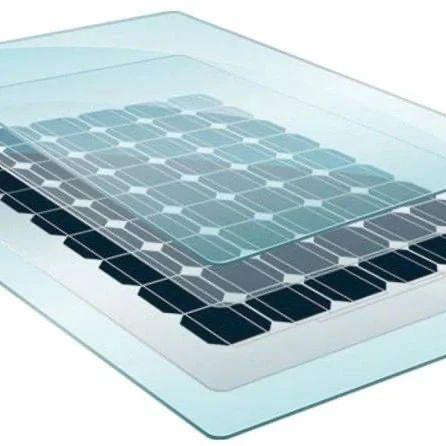

Understanding Low-E Glass Meter Enhancing Energy Efficiency in Modern Architecture
In today's world, energy efficiency is a central concern, particularly in the context of residential and commercial buildings. With rising energy costs and increasing environmental awareness, architects and builders are constantly seeking innovative materials that facilitate energy savings while providing comfort to occupants. One such material that has gained popularity is low-emissivity (Low-E) glass, a technological advancement in building design. To further explore this, we need to understand what Low-E glass is, how it functions, and the significance of Low-E glass meters in assessing its effectiveness.
What is Low-E Glass?
Low-E glass is a type of energy-efficient glass that has a special coating designed to minimize the amount of infrared and ultraviolet light that comes through the glass without compromising the amount of visible light that enters a building. The E in Low-E stands for emissivity, which refers to the ability of a material to emit thermal energy. Low-E glass typically comes in two types hard-coated and soft-coated. Hard-coated Low-E glass is generally more durable and suitable for single-pane windows, while soft-coated Low-E glass provides superior performance in double or triple-pane setups.
How Does Low-E Glass Work?
The functionality of Low-E glass revolves around its special coatings. These coatings are microscopically thin and act like a barrier that reflects heat. In cold weather, Low-E glass reflects heat from interior spaces back inside, thus reducing heating costs. In warm weather, the glass reflects external heat away, keeping interiors cooler and minimizing the need for air conditioning. This dual functionality is what makes Low-E glass a preferred choice for energy-conscious construction.
The Role of Low-E Glass Meters
Evaluating the performance of Low-E glass requires specific tools, and that's where the concept of Low-E glass meters comes into play. Low-E glass meters are instruments designed to measure the performance of Low-E glass coatings, helping homeowners, builders, and architects determine whether a particular glazing choice is effective for their specific climate and building design. These meters provide quantitative data on how much heat the glass reflects or absorbs, assisting in making informed decisions about energy-efficient materials.
Importance of Low-E Glass Meters in Building Design

1. Quantitative Assessment Low-E glass meters allow for precise measurements, providing data that can lead to better design decisions. This scientific approach can attract clients interested in sustainable and energy-efficient options.
2. Customization of Solutions With the data obtained from Low-E glass meters, architects can customize their glazing solutions to match the specific thermal needs of a building, ensuring maximum energy efficiency tailored to the local climate.
3. Increased Comfort By understanding the properties of Low-E glass through metering, builders can create spaces that maintain a more consistent indoor temperature, improving overall occupant comfort.
4. Cost Savings With precise measurements and tailored solutions, building designers can significantly reduce energy costs, which can provide financial benefits over time, making Low-E glass investments more attractive.
5. Environmental Impact Building projects that utilize Low-E glass and are optimized with the help of Low-E glass meters result in lowered carbon footprints, contributing positively to the environment and aligning with sustainability goals.
Conclusion
As our society becomes increasingly aware of the environmental impact of energy consumption, materials like Low-E glass offer promising solutions for energy efficiency in buildings. The introduction and usage of Low-E glass meters are vital in ensuring that these materials are used effectively, maximizing their benefits. By utilizing advanced measuring techniques, architects and builders can create spaces that not only adhere to energy-saving regulations but also enhance the comfort and well-being of their occupants.
The future of architectural design lies in smart construction choices, and Low-E glass, supported by appropriate testing and metering, will undoubtedly play a pivotal role in achieving elevated standards of energy efficiency in the built environment.